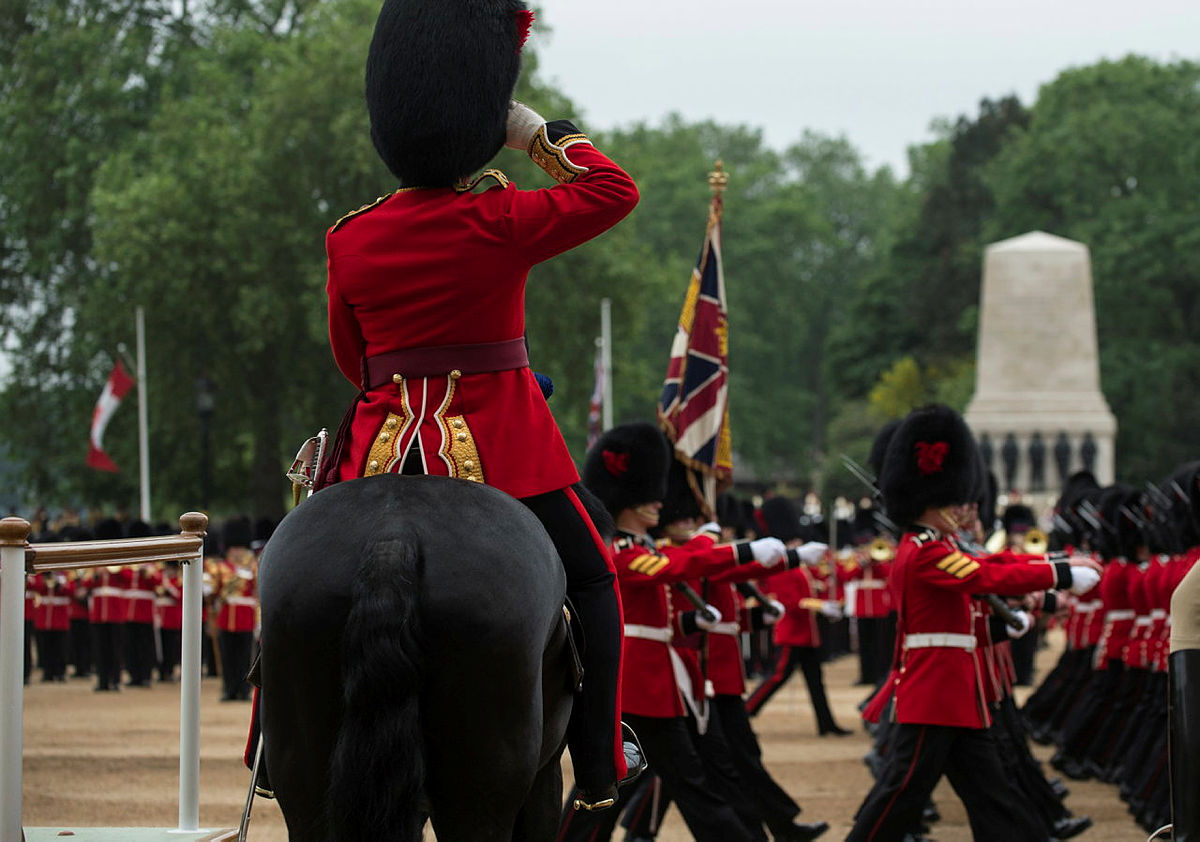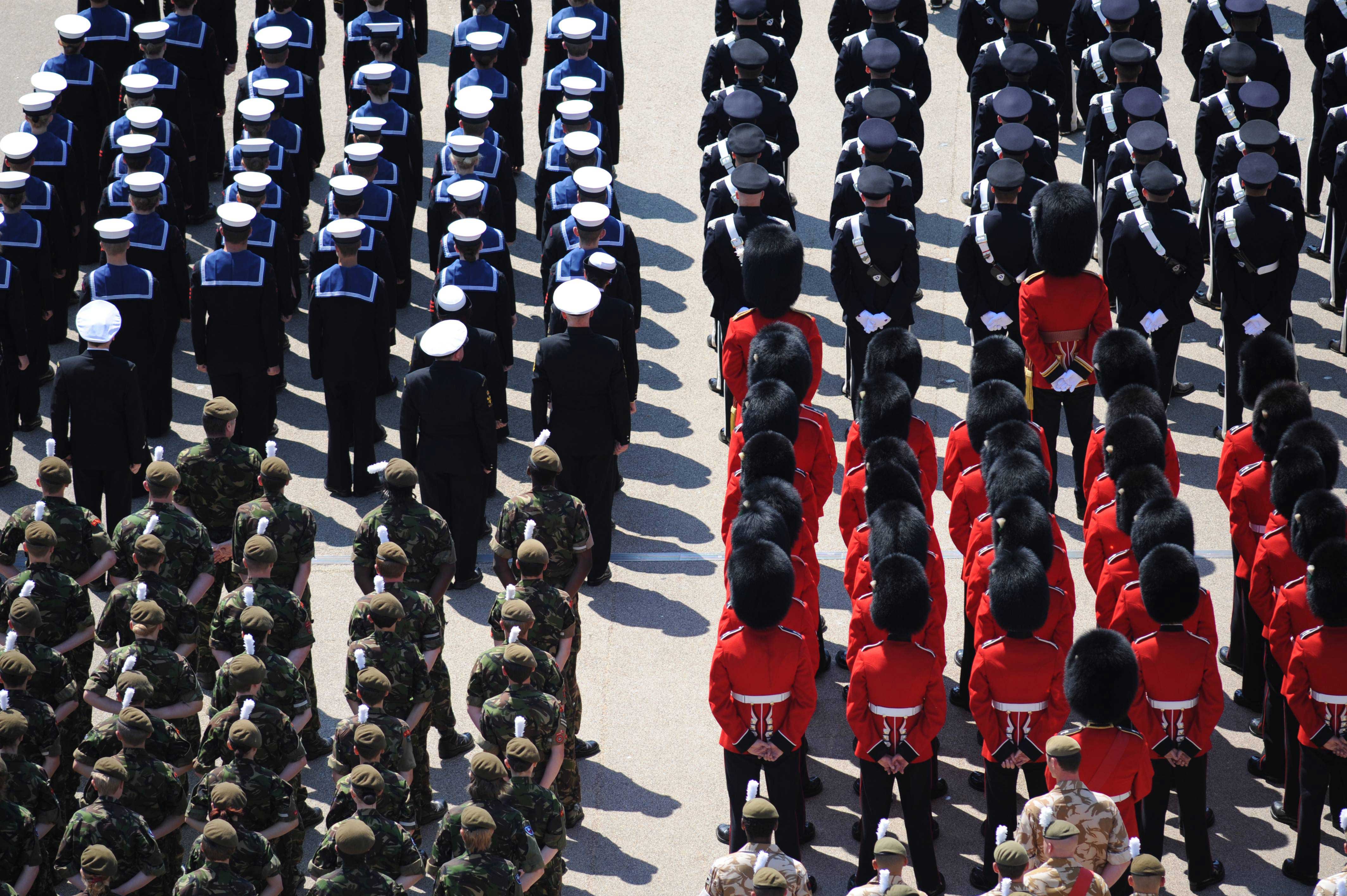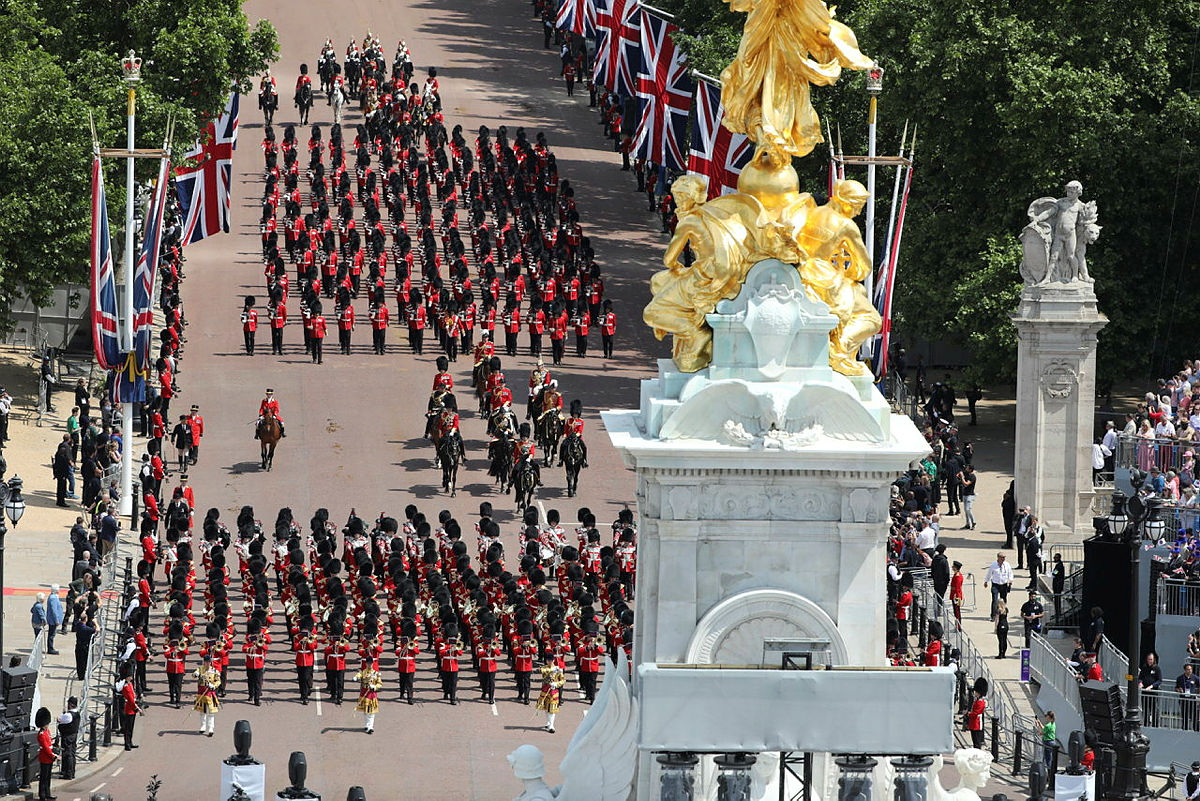A sash is usually a large and colourful ribbon or band of material that is worn around the body. Sashes either drape from one shoulder to the opposing hip, or run around the waist. The shoulder sash is worn in daily attire by the Duty Sergeant while the Waist Sash is worn on ceremonial occasions.
Historically, a waist sash was made using a technique called spranging. The process of spragning produces a wide fabric, that like a netting, can widen and contract. Many metres of woollen cord are placed on a special spranging machine and often these machines were two storeys high running through a hole in the floor to the lower level. The machines are worked by hand to create the sprung fabric. It is believed that only two machines are left in the UK, one of which is in a museum in London and the second here at Wyedean.
The idea behind using this type of net construction was that if an officer was wounded on the battlefield, his sash could be used as a stretcher. This dual-purpose benefit became less relevant, however, when the sash was modified from being a shoulder sash to one worn around the waist in 1768. The length was gradually reduced for more convenient wearing.

Since a sergeant’s sash was to be worn around the waist, its length was greatly reduced from the outset. It is obvious from the various lengths of surviving sashes that they were intended to go around the waist once. However, they were also spranged like the officer’s sashes. There were a number of variations: some had fixed knots while others were finished with fringes, frayed or knotted off.
The modern British Army retains a scarlet sash for wear in certain orders of dress by those of sergeant rank and above serving in infantry regiments, over the right shoulder to the left hip. A similar crimson silk net sash is worn around the waist by officers of the Foot Guards in scarlet full dress and officers of line infantry in dark blue “Number 1” dress. The sash is also worn by Regiments and Corps performing ceremonial duties.




